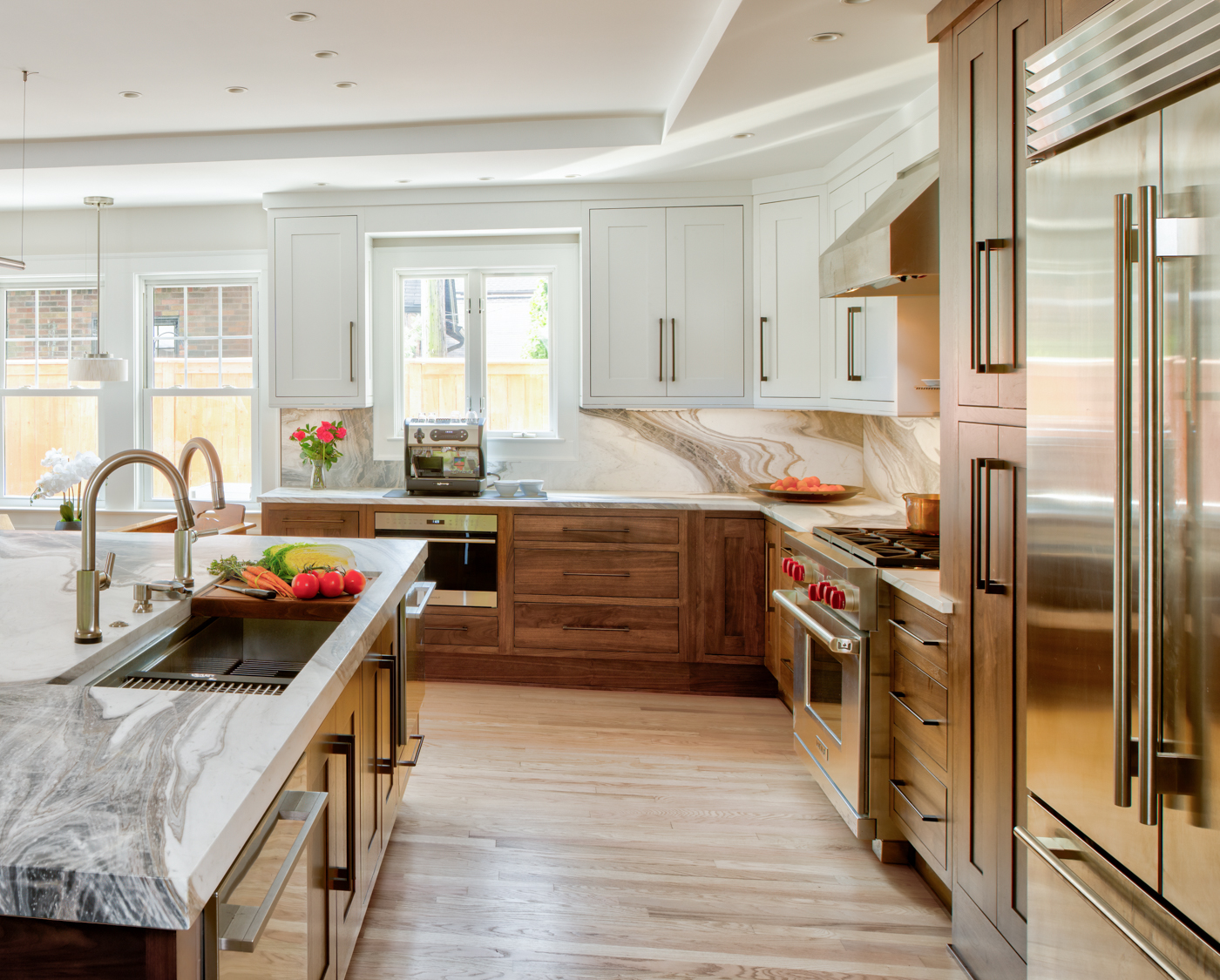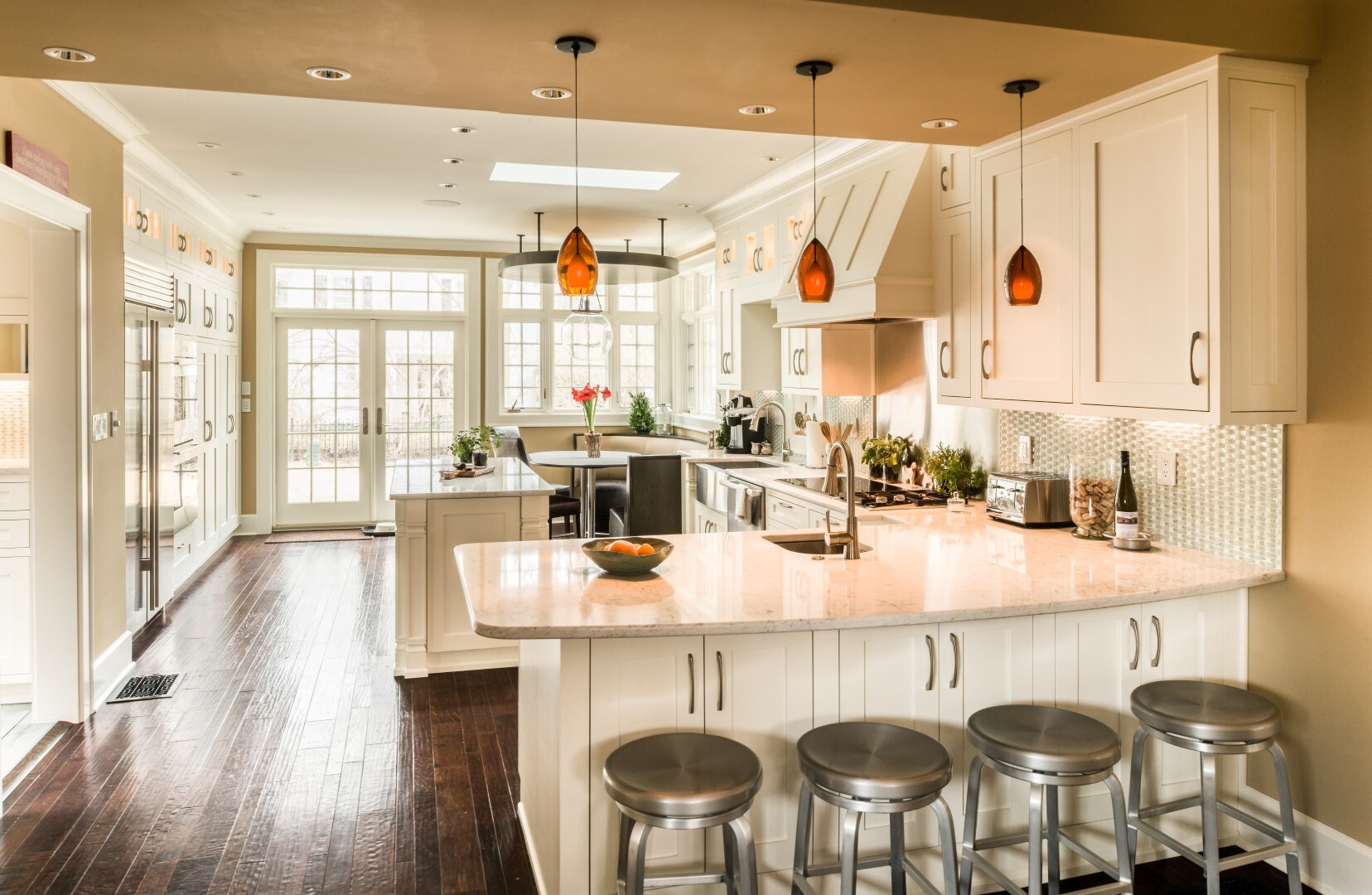As we age with grace, sometimes simple tasks around the house can become difficult. You might use a walking assistance device that gets caught on the carpet, certain staircases become challenging, or slipping in the shower becomes more worrisome. Whatever the case may be, it is important to be aware of potential hazards around your house. Identifying these potential hazards will allow you to address them and live worry free. When considering upgrading your home, you will want to consider:
- Accessibility
Is it easy for you to access the spaces around your house? Getting into cabinets, going from room to room? - Safety
Are there safety hazards around the house? - Versatility
Can you change the function of the rooms or layout to accommodate for better accessibility?
These will help you get started. Now, let’s dive deeper.
1. Determining the right modifications
Having a professional come identify and assess the accommodations will be your best jumping off point. Resources like occupational therapists or licensed professionals can make recommendations that may be covered by Medicare. It is important to recognize that aging is a progression and what is required to accommodate your current needs may change in the coming years. Trying to account for future changes will help you prepare and plan to get the best value in a single project instead of ongoing projects throughout the years.
2. Modifying entrances
Gaining access is a big issue if you are not able to climb stairs. Adding a ramp on outside entrances and widening doors will help accommodate wheelchairs and walkers.
3. Picking the right flooring
Carpeting can be a challenge if you use a cane or walker to help you get around. The rubber tips tend to get caught as you move leaving you open to potential falls. However, opting for some hard floor surface over carpet possesses its own risks. Selecting a floor that is less slippery is your best bet.
4. Getting a handle on things
Adding railings or grab bars will help assist you and your loved one when moving from seated positions or to increase stability when in the shower or walking down stairs.
5. Automating everyday tasks
The less you have to move about the house, the less opportunity for risk or injury. Investing time into learning about home automation can be a great thing for your safety. Home automation will allow you to automate everyday tasks from:
- Smart lights set on times
- Remote controlled blinds
- Security Monitoring and panic buttons for emergency situations
- Smart locks so you don’t have to fidget with keys
With developing technology, you can make great improvements at an affordable price.
6. Stair lifts or elevators
Still, have that beautiful two-level home, but cannot access the upstairs due to limitations? Installing a lift or elevator will help you get from one level to the other with ease.
No matter the case, there is always a solution. To learn more about age defying accessibility solutions or to set up a consultation, click here




